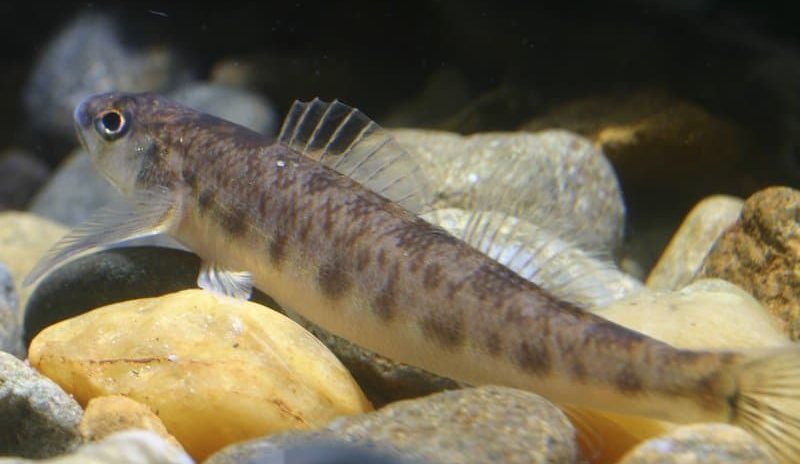The U.S. Fish and Wildlife Service has designated 524 river miles of critical habitat in Mississippi for the threatened Pearl darter.
The Pearl darter is a small, snub-nosed fish with a black spot at the base of its tail fin. Darters live on river bottoms and use the spaces between rocks for hiding and breeding.

Due to oil and gas development, dams, mining, urbanization, and agriculture, the species has been wiped out in their namesake river and have lost 64 percent of their historic range in Mississippi and Louisiana. The Southeastern Fishes Council recently named the Pearl darter as one of the 12 most endangered fish in the southeastern United States.
“Protecting what’s left of their habitat gives Pearl darters a fighting chance,” Will Harlan, southeast director at the Center for Biological Diversity, said. “Dams and pollution have hammered these tiny fish, but they’re still clinging to survival in these key rivers.”
The species’ habitat designation includes a unit in the Pearl River basin where the fish can be reintroduced and ultimately recover multiple healthy populations. Additional critical habitat is designated across 13 Mississippi counties in the Pearl River and Pascagoula River basins.
Male Pearl darters develop dark bands and splotches in the spring. After mating, female Pearl darters bury eggs in gravelly river substrate. Habitat destruction has clogged river bottoms with silt that inhibits the survival of adult Pearl darters and their offspring.
Darters will now receive an additional layer of protection, requiring any federally funded or permitted project to consult with the U.S. Fish and Wildlife Service to ensure the fish’s habitat is not harmed by a proposed activity.
The southern U.S. is a global hotspot of aquatic biodiversity. Nearly 500 fish species are found in the region’s rivers, which are home to 62 percent of all U.S. fish species. But freshwater fish, like the Pearl darter, are at the leading edge of the extinction crisis.







